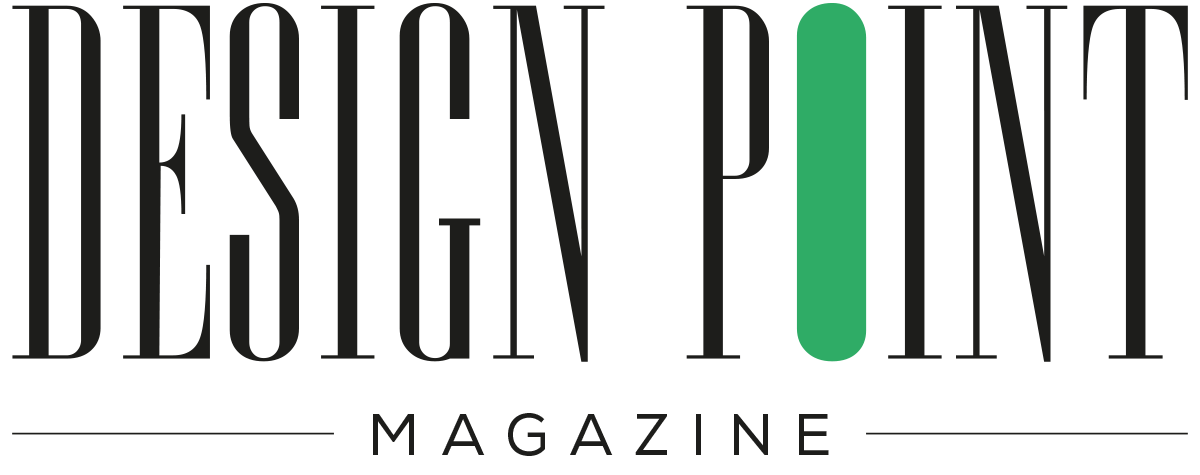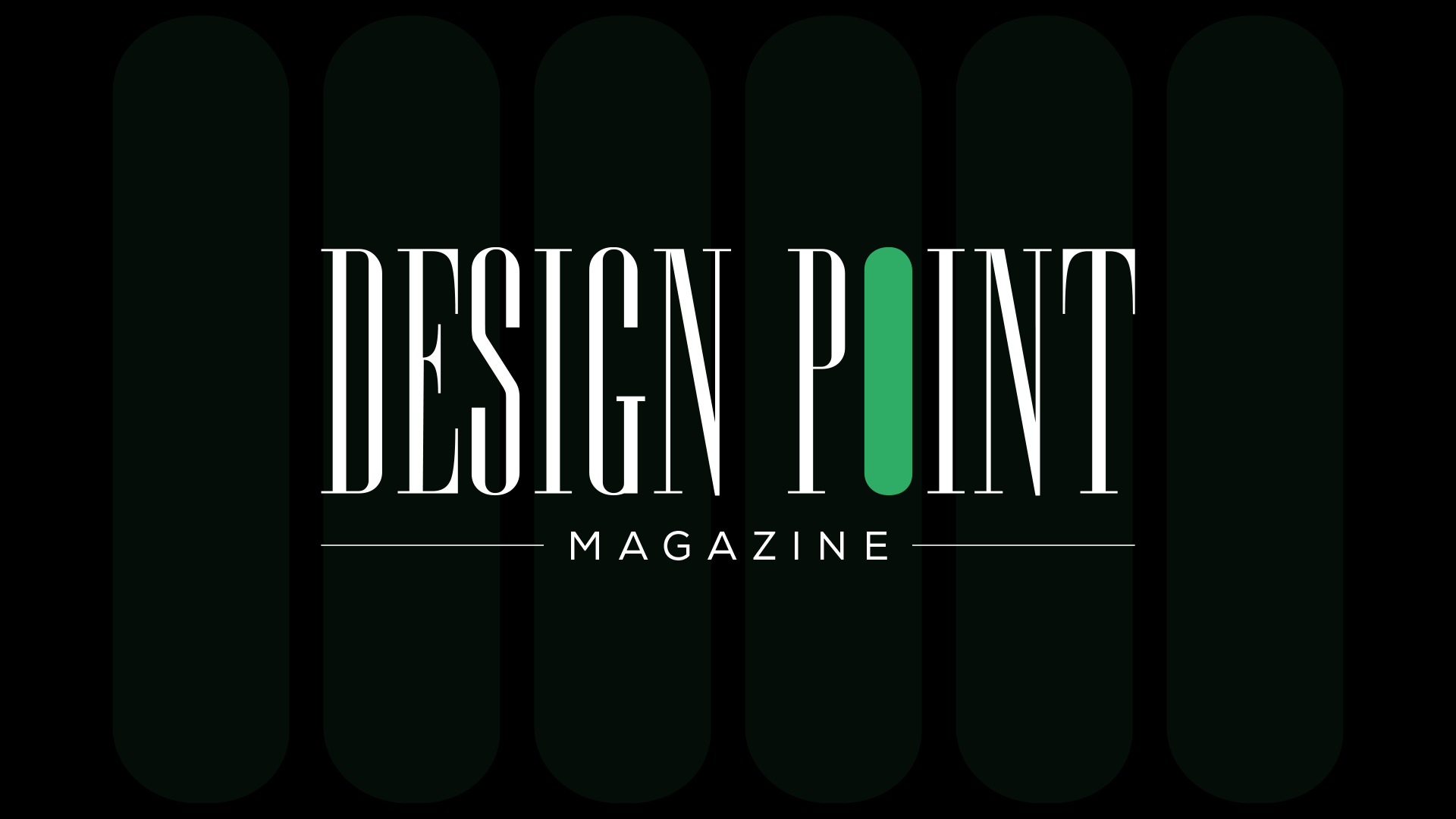Law firms often approach branding as a series of discrete projects—a new logo, a website redesign, or a campaign to launch a practice group. Yet, this piecemeal approach has become increasingly inadequate as the legal landscape undergoes seismic shifts driven by digital transformation, changing client expectations, and market consolidation. The firms that will define the next era of legal marketing aren’t treating brand as a visual refresh or a campaign cycle. They’re treating it as a comprehensive, adaptive system.
From Project Thinking to System Strategy
A brand system transcends the limitations of a style guide. It constitutes a living framework that governs how a firm expresses its identity across platforms, time zones, practice areas, and touchpoints. Research from McKinsey reveals that brands delivering consistent experiences across all touchpoints increase their revenue by 10-15% and reduce operational costs by 15-20%. For law firms, this consistency spans not just visual elements like color palettes and logos, but extends to tone of voice, UX standards, modular design components, governance protocols, and—most critically—adaptability mechanisms.
Law firms are inherently dynamic enterprises. Practice areas shift in response to regulatory changes and global events—evidenced by the explosive growth of privacy and cybersecurity practices following major data legislation. Lateral hiring continues to reshape talent landscapes, with PwC Legal’s 2023 study showing a 32% increase in partner mobility among top-tier firms. Meanwhile, firm messaging priorities constantly evolve—what was once centered on ESG and DEI initiatives may now focus on AI capabilities and technological transformation as firms position themselves at the forefront of legal innovation.
A rigid brand identity cannot accommodate this complexity. It will either break under pressure or gradually erode, losing coherence as different parts of the firm interpret brand guidelines in siloed or inconsistent ways.
Modularity, Not Control, Builds Trust
A systematized brand anticipates change through a modular structure. This approach allows teams to assemble communications assets—digital pages, social posts, pitch decks, thought leadership—using predefined components that preserve brand integrity while empowering local adaptation. Digital experience platform Sitecore reports that 89% of legal clients cite consistent brand experience as a key factor in retention decisions, underscoring that this isn’t about control for control’s sake, but about building trust through consistency.
Leading global firms are increasingly adopting this approach with modular brand systems. Rather than imposing rigid templates across dozens of offices in multiple countries, they develop flexible toolkits with core brand elements that can adapt for regional contexts while maintaining global coherence. This systematic approach can significantly reduce production time for marketing materials while strengthening brand recognition and consistency.
Too often, firms view website redesign as the conclusion of a branding initiative, when in reality, it is just the beginning. The website serves as the most visible—and delicate—expression of a company’s brand system. Even the most frequently updated elements, such as attorney profiles and practice descriptions, can quickly lose coherence with the broader brand narrative without a systematic approach to content management. However, when supported by a flexible structure and cohesive design language, the website transforms into a dynamic publishing platform, capable of surfacing insights, responding to current events, and accommodating evolving business priorities without disrupting user experience.
Cross-Functional Alignment Is the New Creative Brief
This shift from campaign thinking to systems thinking requires more than design expertise. It demands structured collaboration between marketing, firm leadership, practice heads, and IT. A 2023 Gartner study found that law firms with formalized cross-functional brand governance teams were 2.7 times more likely to maintain consistent client experiences during periods of organizational change.
Implementing a brand system requires:
Governance structures that balance central oversight with practice-level autonomy
Technical frameworks that enable modular content assembly across digital platforms
Training protocols that empower all staff to become brand stewards
Measurement systems that track both compliance and performance
Progressive law firms are implementing brand governance committees—groups of partners, associates, and marketing professionals who evaluate significant brand adaptations while empowering day-to-day implementation. This governance model helps reduce approval bottlenecks while strengthening overall brand cohesion through distributed responsibility.
Brand systems introduce a new kind of discipline—one rooted not in rigidity but in resilience. When designed well, they reduce friction, accelerate production, and elevate storytelling. They allow firms to move quickly without diluting identity. Perhaps most importantly, they provide the foundation for long-term brand equity in a marketplace that increasingly rewards agility and coherence over spectacle.
Brand Integrity in Times of Tension
In moments of institutional stress—whether driven by political controversy, internal dissent, or public scrutiny—a brand system becomes more than a design framework. It becomes a foundation for coherence, clarity, and trust. According to the 2023 Edelman Trust Barometer, 86% of clients expect law firms to take clear positions on societal issues that relate to their areas of practice, while 73% of associates consider a firm’s values alignment when making employment decisions.
When law firms face public pressure over controversial client matters or policy positions, those with systematic approaches to brand communication are better positioned to navigate the tension between client confidentiality, institutional values, and transparency. A brand system provides the strategic architecture for responding to such challenges with consistency and integrity.
For rising generations of lawyers and clients alike, brand integrity—the alignment between stated values and observable behaviors—is no longer optional. It’s fundamental to both talent attraction and client retention.
Implementing the System: A Practical Framework
For CMOs and managing partners looking to transition from project-based to systems-based branding, consider this implementation roadmap:
Audit current state: Map all existing brand touchpoints and identify inconsistencies
Establish governance: Define decision rights and approval workflows that balance speed with oversight
Create modular assets: Develop components rather than templates to enable flexible application
Build technical infrastructure: Ensure your CMS and digital platforms support component-based publishing
Train and empower: Give practice groups the tools to implement the system without central bottlenecks
Measure systematically: Track both brand consistency metrics and business outcomes
The investment in transitioning to a brand system typically returns dividends within 12-18 months through reduced production costs, accelerated go-to-market for new initiatives, and strengthened client perceptions.
From Communication to Operationalization
For law firm CMOs navigating an environment of heightened competition, budget scrutiny, and talent pressure, this shift in mindset may seem incremental. But its impact is exponential. A brand that functions as a system does more than communicate value—it operationalizes it. It transforms marketing from a service function to a strategic advantage.
In today’s complex legal marketplace, the question is no longer whether your firm needs a brand refresh. It’s whether your brand functions as a system capable of adapting to an unpredictable future while maintaining the coherence that builds lasting client relationships.
That’s not just the future of legal marketing. It’s the future of business.
This post was originally published on Lynda’s LinkedIn newsletter, Marketing without Jargon. Lynda leads a team at Decker Design that focuses on helping law firms build differentiated brands.
Header photo by Deva Darshan on Unsplash.
The post Branding as a System, Not a Campaign: Evolving Legal Identities for the Digital Age appeared first on PRINT Magazine.

